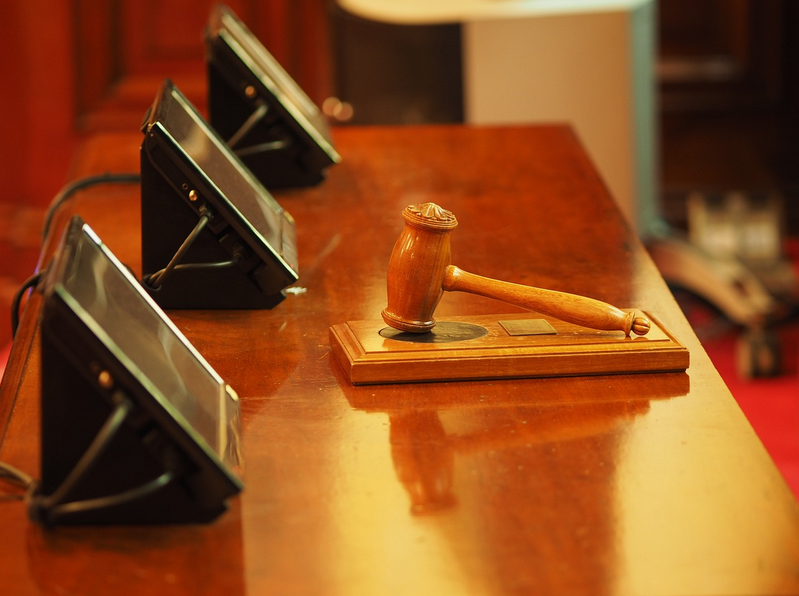Hearsay in court – it’s a term we’ve all heard before, but what does it really mean? When it comes to legal proceedings, Rule 802 states that hearsay is a concept that can significantly impact the outcome of a case. But understanding the ins and outs of hearsay can be quite complex. That’s why today, we’ll break down the three key requirements for hearsay evidence to be admissible in court.
The Statement Is Made Outside the Court
In the world of law, statements made outside of the court are generally classified as hearsay. Hearsay refers to an out-of-court statement offered for the truth of its contents. But why is hearsay treated with caution in legal proceedings? One reason is that statements made outside the court lack certain safeguards that exist within a courtroom setting.
In courtrooms, witnesses testify under oath and can be cross-examined by opposing counsel to test their credibility and reliability. However, when someone shares a statement made by another person outside of court, there’s no opportunity for cross-examination or verification. The rationale behind excluding hearsay evidence is rooted in ensuring fairness and accuracy in legal proceedings.

The Statement Is Provided for the Relevant Truth
The purpose behind making the statement should be to establish or prove a fact that is important and directly related to the case at hand. This requirement helps ensure that only reliable and trustworthy statements are allowed as evidence. If a statement is made with an ulterior motive or for some unrelated reason, it may not carry much weight in court.
Courts carefully evaluate whether a statement meets this criterion by considering various factors such as context, timing, and credibility of the source. Is there any reason why someone would make up such information? Does it align with other evidence presented in court? Ensuring that statements are provided for relevant truth helps maintain fairness and reliability within our legal system.
The Statement Must Be Offered Into Relevant Evidence
Simply stating a hearsay statement is not enough; it needs to have some relevance and connection to the case at hand. Offering a statement with relevant evidence means presenting it in a way that supports or undermines a fact of consequence in the case. This ensures that only statements with significant value are considered during legal proceedings.
To meet this requirement, attorneys must carefully consider the context and purpose of introducing the hearsay statement. They need to demonstrate its relevancy by showing how it relates directly to an issue being discussed or helps establish a particular element of their argument. This requirement acts as a safeguard against allowing irrelevant or unreliable information to influence decisions made in court.
To wrap up, hearsay evidence can be a powerful tool, but it must meet certain requirements to be admissible in court. These three requirements act as safeguards against unreliable or misleading information being presented in court through hearsay statements. Legal professionals play a vital role in evaluating whether an out-of-court statement qualifies as hearsay and determining its admissibility during legal proceedings.




